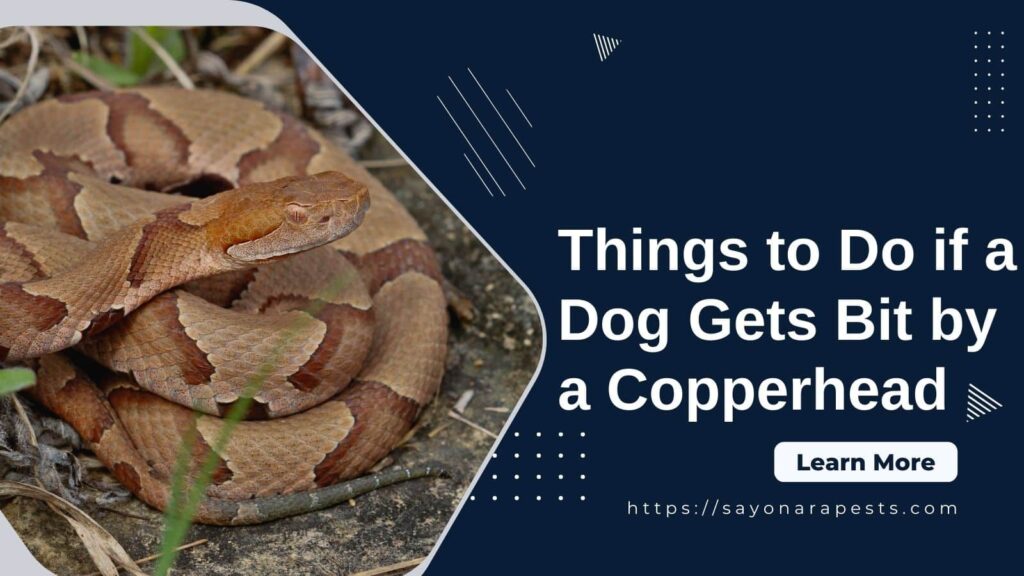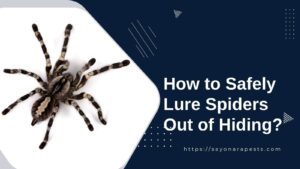As the temperatures start to rise, so does the risk of running into a snake.
According to the Centers for Disease Control and Prevention (CDC), there are approximately 7,000-8,000 snakebites in the U.S. each year, and about 1/3 of those are from copperheads.
While most snakes are not aggressive and would rather avoid human contact, dogs are not so lucky.
Dogs are naturally curious and often approach snakes without caution, resulting in a bite.
So, what should you do if your dog gets bit by a copperhead?
Stay calm
First, remain calm. It is also essential to keep your dog calm since panic will only increase their heart rate and spread the venom more quickly through their system.
It’s important to remember that most snakes are not venomous, and even if they are, most snake bites are not fatal.
Call your vet
Second, immediately call your veterinarian or an emergency animal hospital and let them know you are on your way.
If possible, it is helpful to have someone else drive while you gently hold your dog to keep them calm and still.
If you cannot get to a vet right away, there are some things you can do to help your dog.
Remove any restrictive accessories.
If your dog is wearing a collar, harness, or other types of accessory, remove it if possible, as they can prevent proper circulation if the bite is on your dog’s extremities.
Restrictive gear can cut off circulation and make it challenging to apply first aid.
Keep the affected limb immobilized as much as possible
If the bite is on your dog’s leg, try to keep the limb immobilized by wrapping it in a bandage or a piece of cloth
Use it if you have a splint or anything else that could help keep the limb immobile.
Do not put a tourniquet on your dog, as this can do more harm than good. Apply a cold compress. Applying a cold compress to the affected area can help reduce swelling. You can use a bag of ice or frozen peas wrapped in a towel.
Do not apply the ice directly to your dog’s skin, as this could cause an ice burn.
This will help prevent the spread of venom through the bloodstream.
You should also clean the wound with soap and water and apply a cool compress to help reduce swelling.
Do not suck out the venom.
Do not attempt to suck out the venom or cut the wound open to release it. These methods are ineffective and can make the situation worse.
You can best stay calm and get your dog to the vet as soon as possible.
Symptoms of Copperhead Snake Bite in Dogs
Symptoms of snakebite in dogs include:
- Swelling
- Bruising
- Bleeding from the wound site
- Increased heart rate
- Difficulty breathing
- Weakness
- Collapsing
If you notice any of these symptoms, you must get your dog to a veterinarian or emergency animal hospital immediately, as they will need treatment to reduce the effects of the venom.











